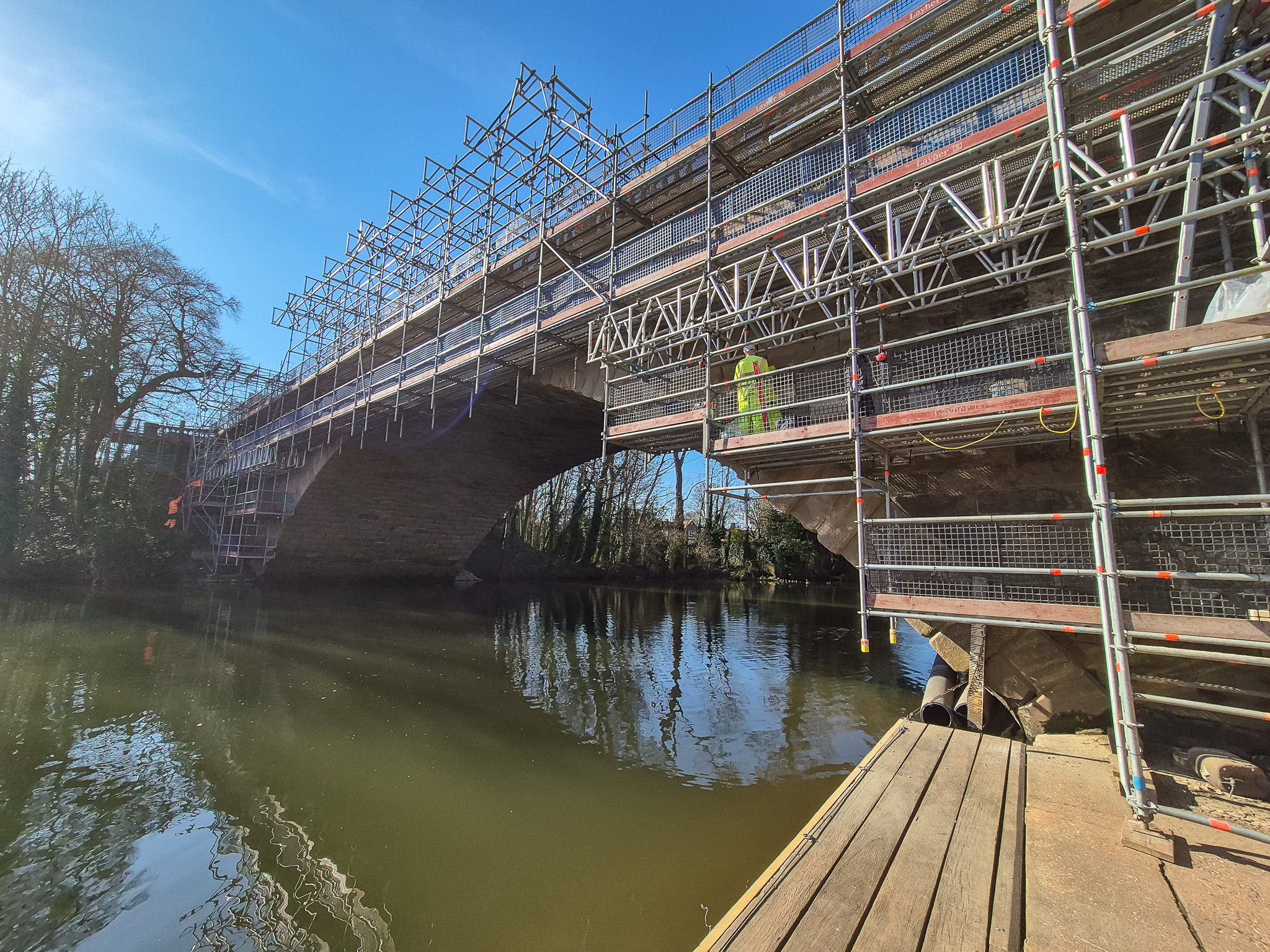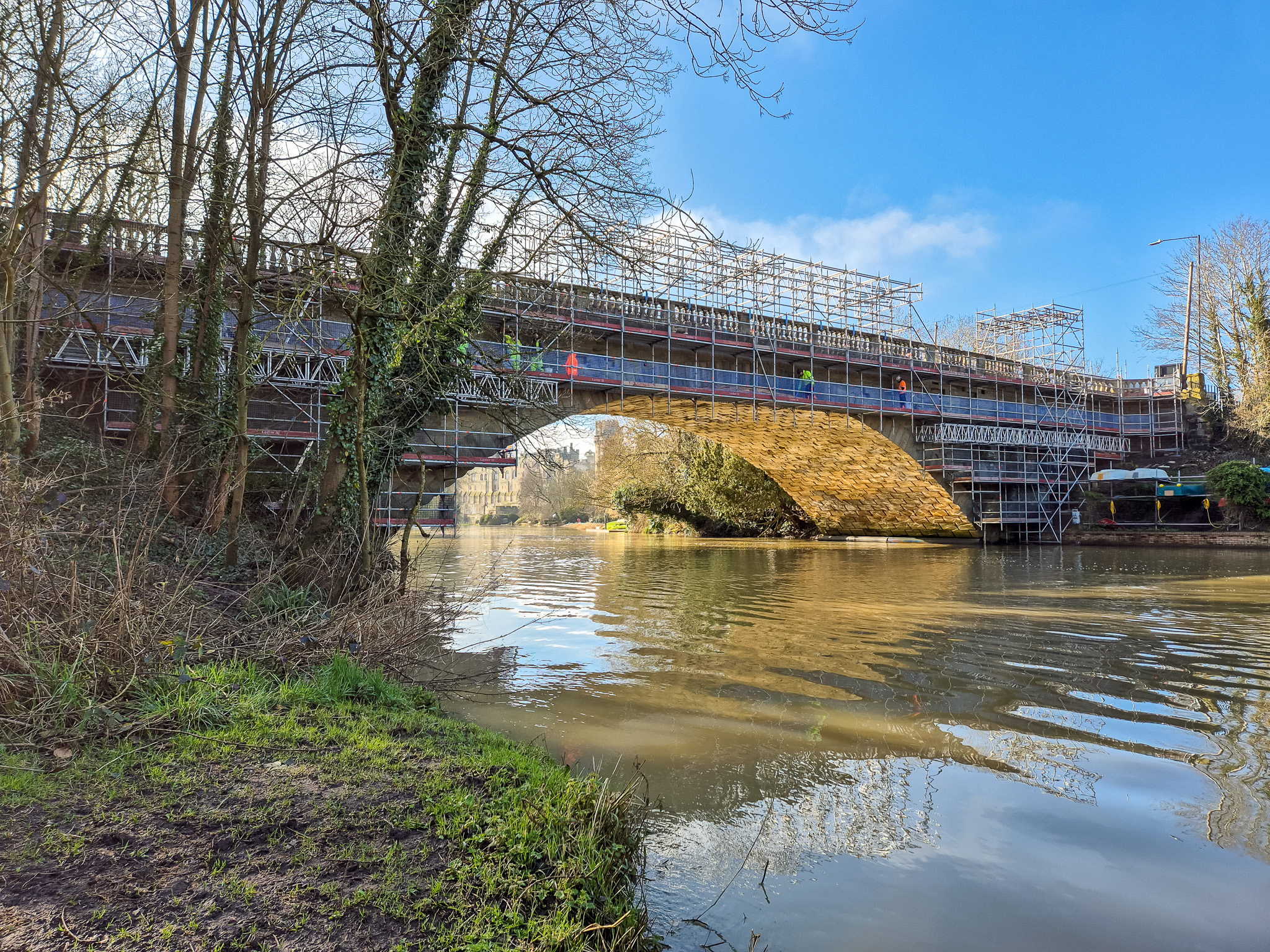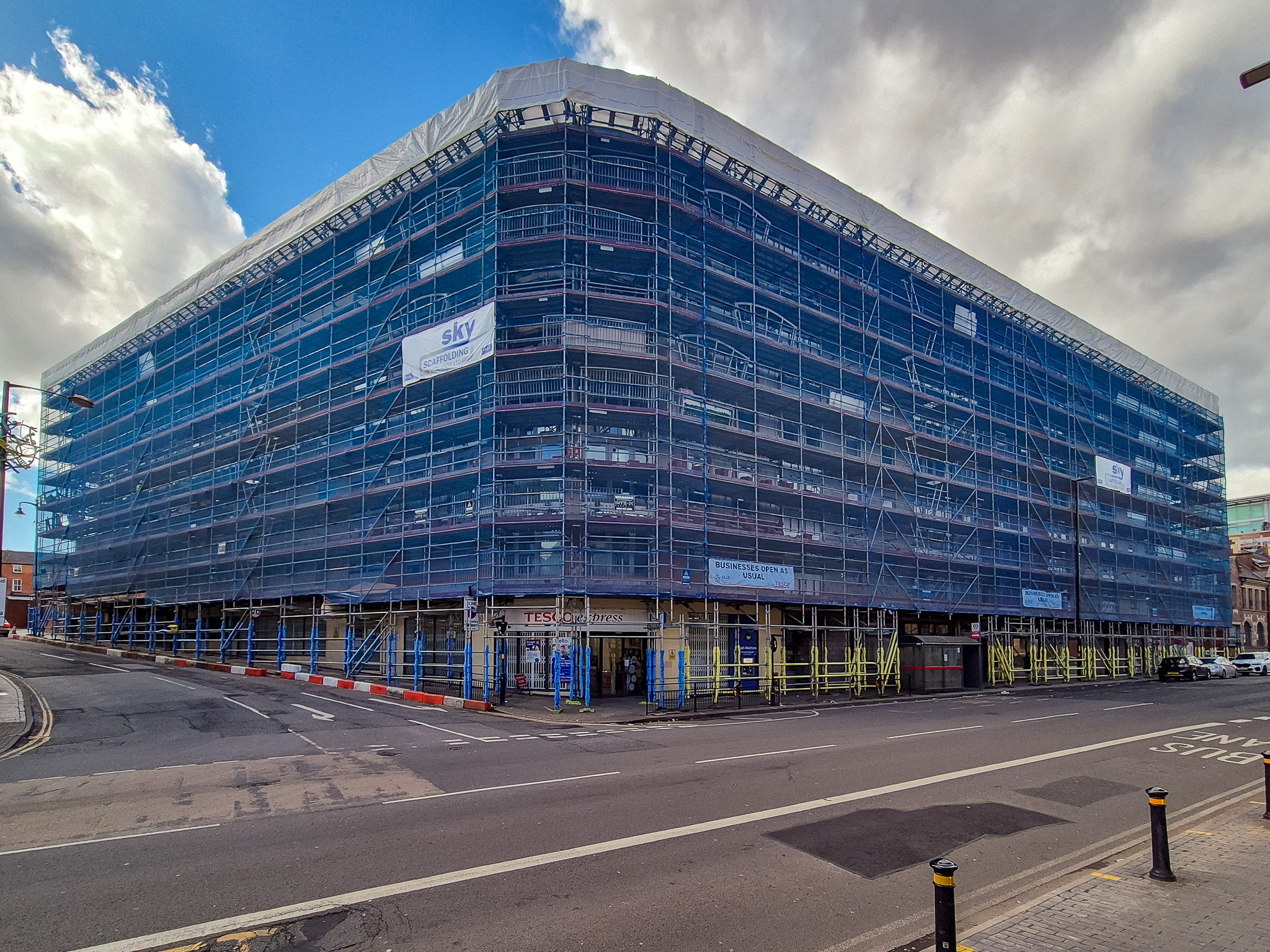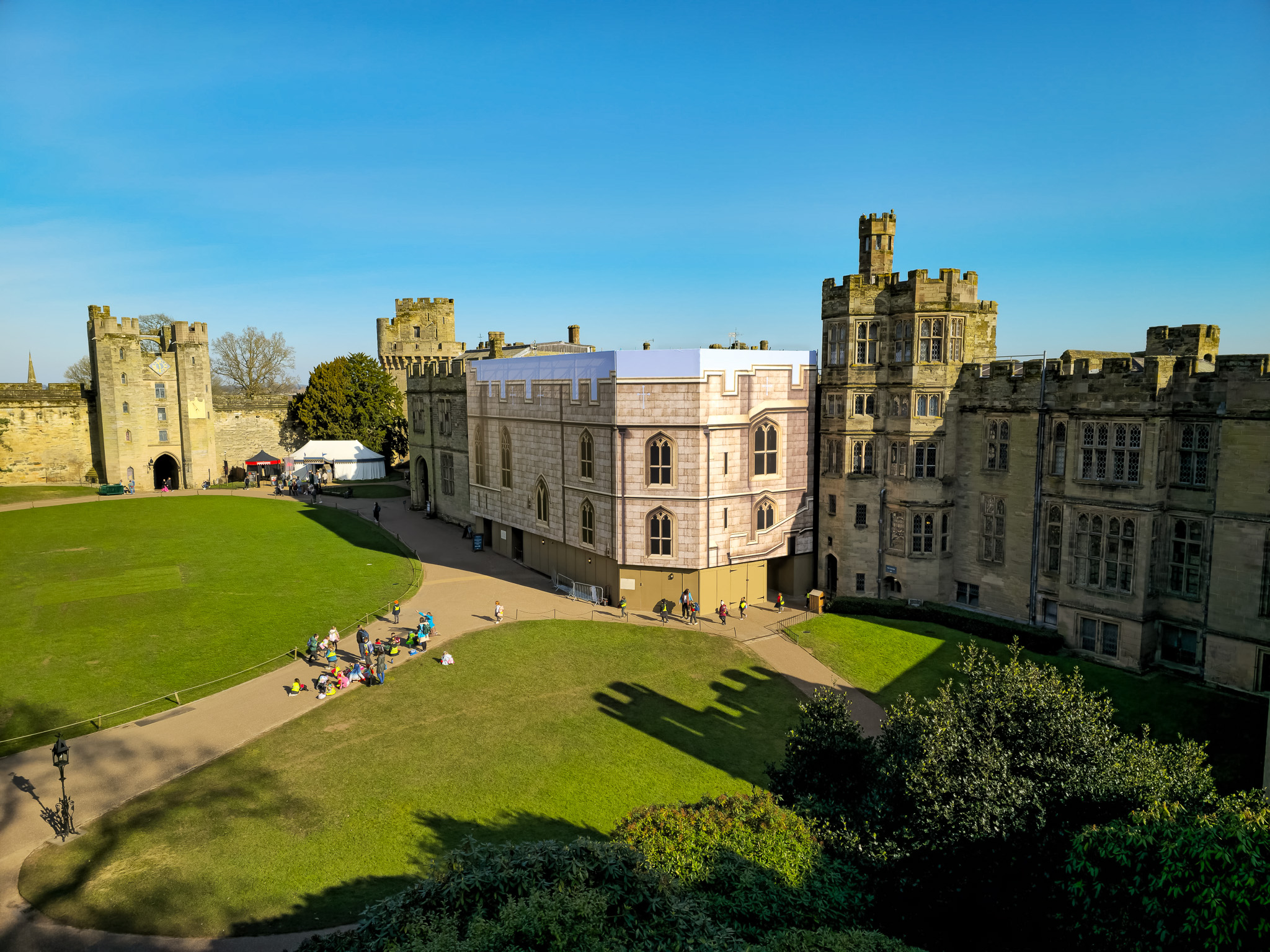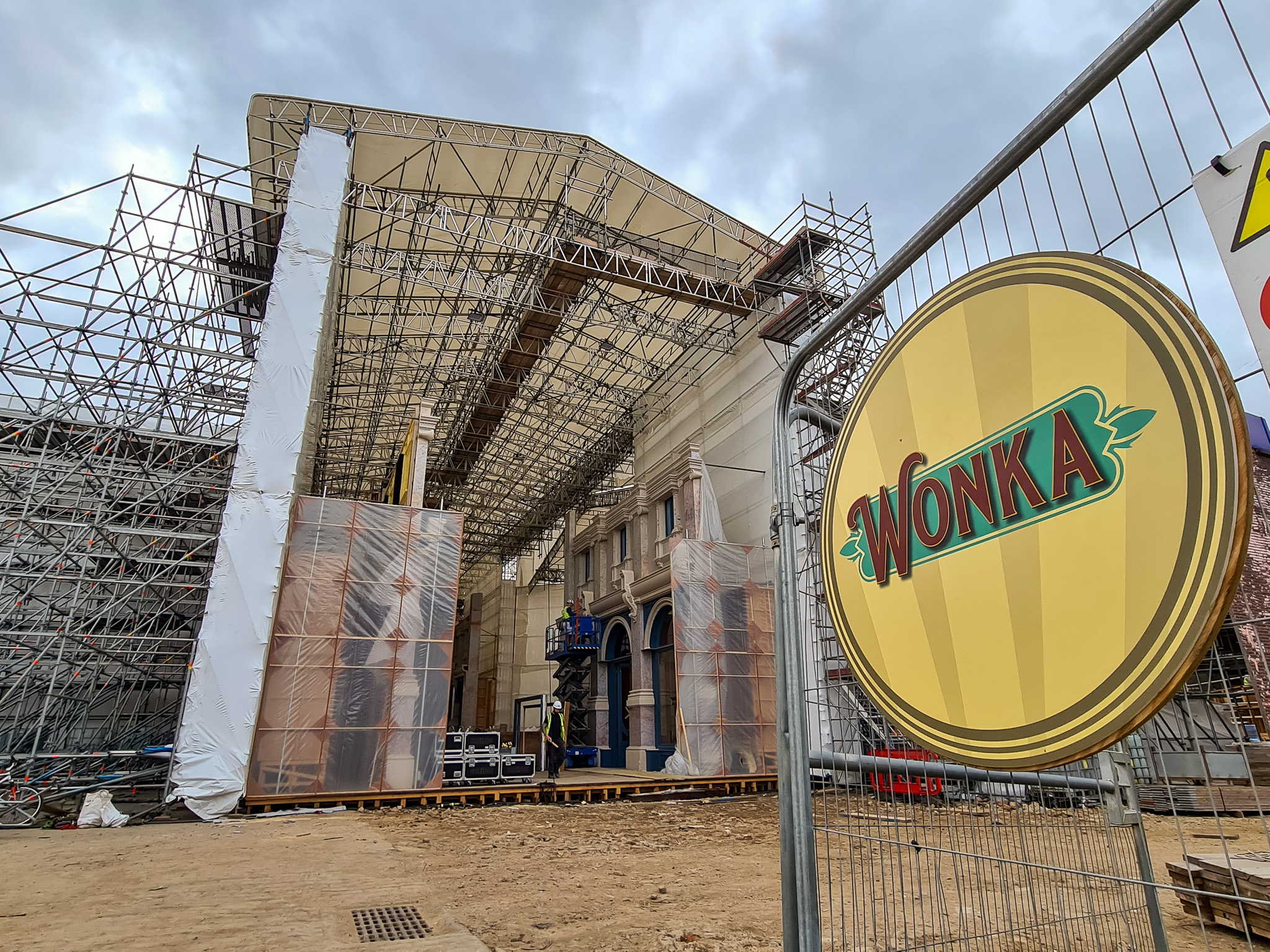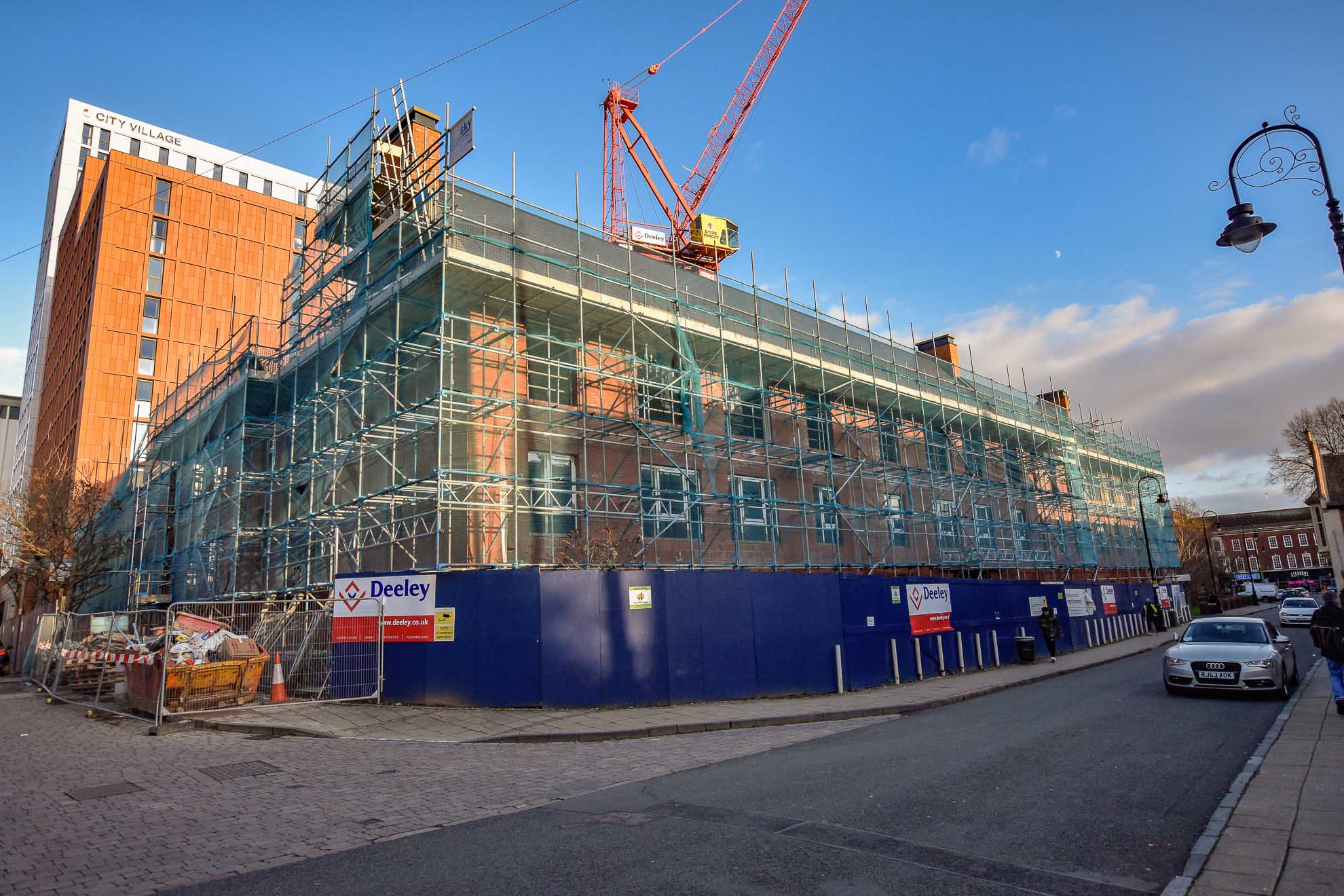Castle Bridge, a historic Grade II* listed structure dating back to 1793, spans the River Avon and is a key route in Warwick. It carries the A425 Banbury Road and is located near Warwick Castle. Due to its heritage status, significant stonework repairs were required, which involved a highly technical scaffolding solution.
The bridge is a vital link in Warwick’s infrastructure, providing both pedestrian and vehicular access. The restoration is crucial for the safety and preservation of this regional landmark.
The project has lasted 18 months, with completion scheduled for Spring 2025. The main challenge was the restriction on encroaching into the road, as the bridge forms a critical traffic route.
Our design incorporated 20t of steel ballast in the form of specially purchased flat steel sections. This high density ballast allowed us to maintain pedestrian access on the pavement, without reducing the width of the carriageway.
The scaffold included large cantilever beams extending 8 meters from each bank and a 20-meter long cantilever droplift scaffold over the crown of the arch. This unique design was crucial to provide access for the stonework repairs while minimising disruption.
Steel Ballast for Maximum Effectiveness
One of the primary challenges in this project was erecting a hanging scaffold with only 1.8m of available width for the support scaffold. Due to the bridge’s role as a key traffic route, we were not permitted to encroach onto the highway. This constraint significantly limited the footprint of the scaffold’s support structure, making it difficult to achieve the necessary counterbalance for the cantilevered sections.
To overcome this challenge, we implemented a high-density steel ballast system rather than traditional concrete or water-based counterweights. Steel has a density 3.3 times higher than concrete and 7.85 times higher than water, allowing us to maximise the effectiveness of the counterweight within the limited space. By positioning the ballast with its center of gravity at the maximum distance from the fulcrum, we increased the lever arm of the cantilever, achieving the required structural stability without expanding beyond the available 1.8m footprint.
Collaboration and Safety
Throughout the project, we worked closely with the local council, the bridge remediation contractor, and the stonemasons to align on both technical design and safety considerations. Pedestrian safety was a top priority, so we implemented secure barriers, clear signage, and monitoring to prevent unauthorised access to the scaffold. Additionally, the work took place during nighttime road closures to minimise the impact on daily traffic.
Project Outcome and Timeline
With an expected completion in Spring 2025, the project has allowed stonework repairs to progress smoothly while ensuring minimal disruption to the public and preserving the integrity of the historic bridge.
